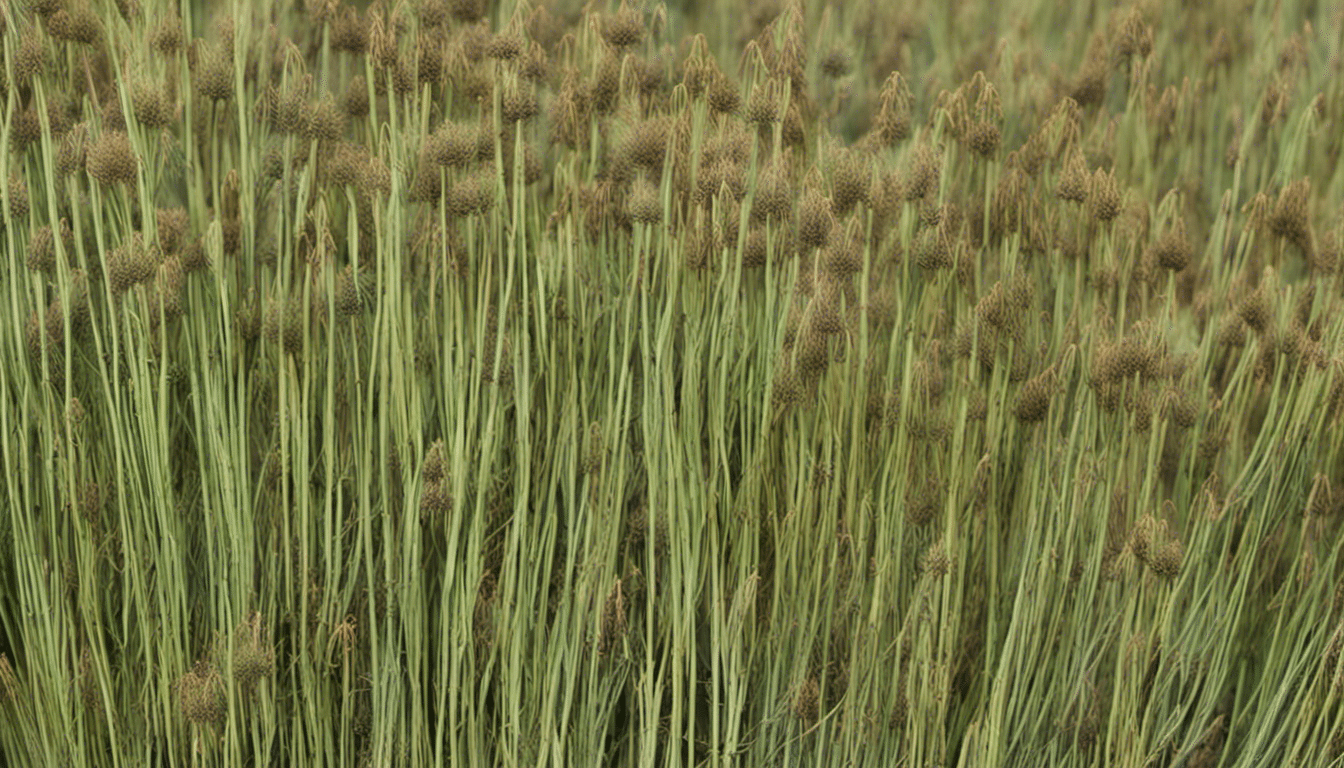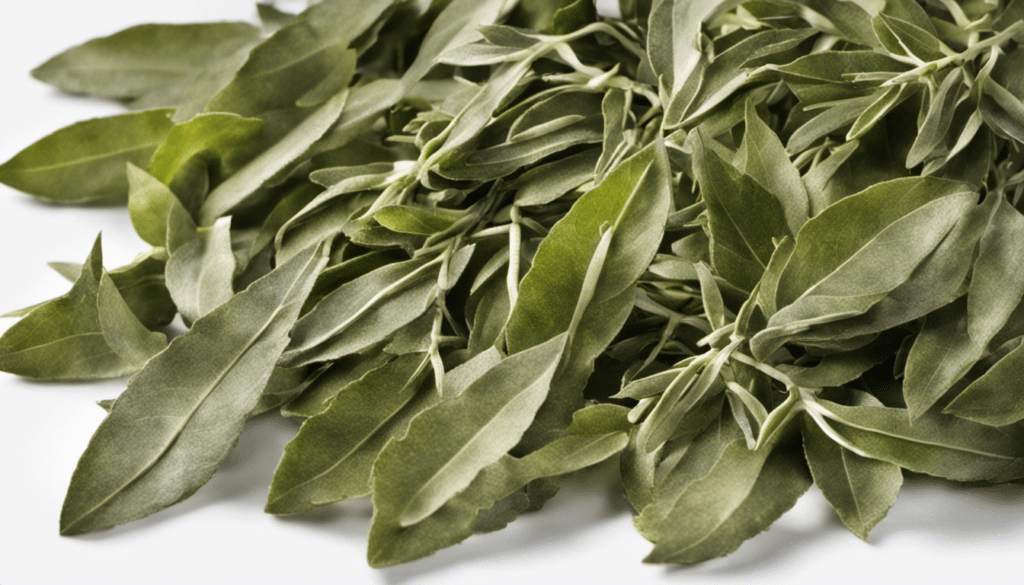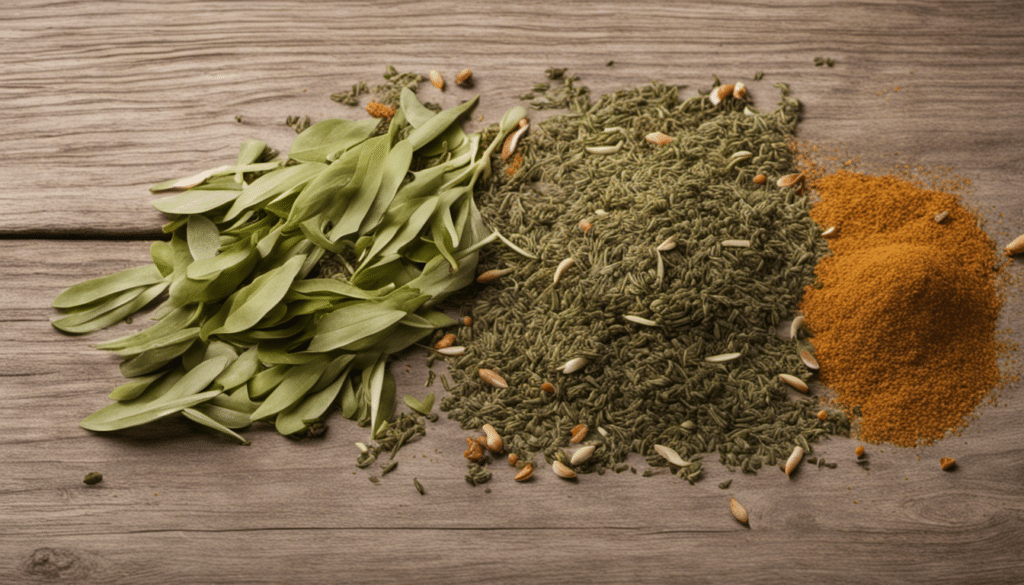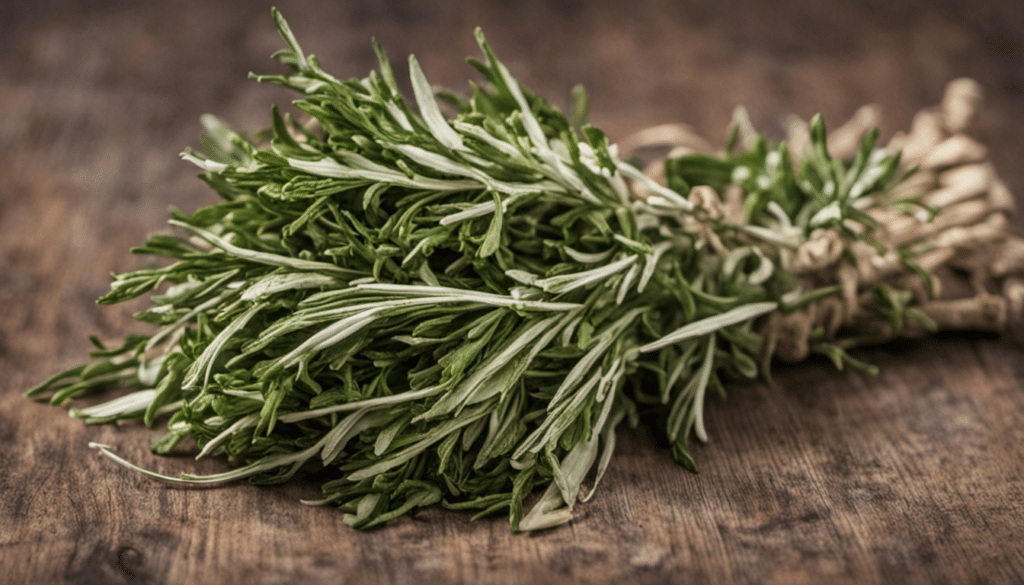Everything You Need to Know About Cyperus Articulatus
The Origins of Cyperus Articulatus
The Cyperus Articulatus, a versatile plant known to many as jointed flatsedge or priprioca, hails from the tropical regions of Central and South America, the Caribbean, and Africa. Rooted in rich traditions and authentic cooking, this plant has integrated itself into various cultures over hundreds of years. Its distinctive aroma and flavor profile makes it a distinctive component in various culinary and medicinal practices.
The indigenous people of the Amazon Rainforest have utilized this remarkable plant for ages in traditional medicines, perfumes, and even in religious ceremonies. It continues to hold a strong presence in today’s society, especially in the world of fusion cuisine, thanks to innovative chefs and food enthusiasts who recognize the plant’s untapped potential.
Naming the Cyperus Articulatus
Though known scientifically as Cyperus Articulatus, this herb goes by a plethora of other names around the world due to myriad cultural interpretations. Some of these include jointed flatsedge in English, priprioca in Portuguese, and cocograss or piripíri in certain parts of Africa. Each name embodies the unique story and history of the plant in different regions and in the cultures that use it.
The Health and Culinary Benefits
The potential health benefits of Cyperus Articulatus are beauties to behold. Known for its calming and relaxing effect, it has long been used in traditional medicines as a treatment for anxiety and restlessness. According to a study published in Phytomedicine, Cyperus Articulatus may be an effective adjunct to support mental health.
In the culinary realm, Cyperus Articulatus leaves an indelible glimpse into the unorthodox. Its roots, popular in the production of essential oils, introduce a complex, woody and earthy aroma with slight, sweet undertones. This ensemble parades it as an exceptional ingredient in the craft of haute perfumery, but also in savory dishes where it imparts a subtle depth of flavor that has piqued the interest of food and flavor enthusiasts globally.
It is continuously being explored for its potential benefits and usages. As we plunge deeper into the study of food as medicine and become more adventurous in our culinary pursuits, the fascination with Cyperus Articulatus is likely to continue its steady rise.
Cyperus Articulatus Recipe Ideas
- Cyperus Articulatus Tea
- Cyperus Articulatus Tincture
- Cyperus Articulatus Infused Olive Oil
- Grilled Fish with Cyperus Articulatus Marinade
- Cyperus Articulatus Herbal Honey
- Cyperus Articulatus Flavored Rice
- Cyperus Articulatus Mulled Wine
- Cyperus Articulatus Steamed Vegetables
- Spiced Roast Chicken with Cyperus Articulatus
- Cyperus Articulatus Savory Scones




